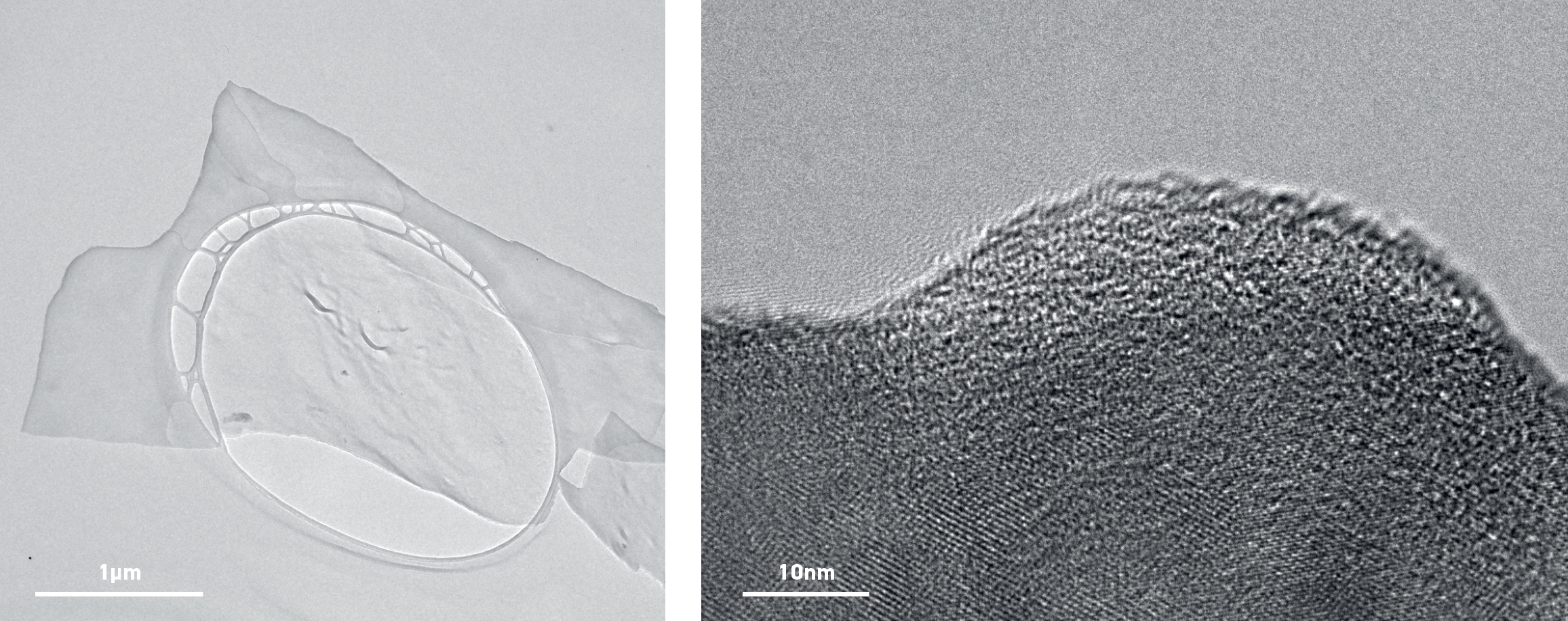PhD student Ali Zavabeti, working with Prof. Kourosh Kalantar-zadeh and Dr Torben Daeneke at RMIT University, developed a simple method to prepare ultrathin 2D oxide structures that were inaccessible before. The approach uses nontoxic gallium alloys that are liquid at room temperature. These are used as reaction solvents to dissolve other, more reactive elements. The results have been published in Science.
Similar to most metals, liquid metals feature an ultrathin surface oxide – a naturally occurring 2D material. Thermodynamics dictate that the most reactive element within the liquid will move to the surface layer.
The team developed methods to isolate these surface oxide layers either as printed layers on a substrate, or suspended in a liquid solvent using reactive gas injection. Nanosheets of aluminium, hafnium and gadolinium oxide with layer thicknesses between 0.5 and 1 nanometre, and lateral dimensions of several micrometres were successfully produced. The methods are predicted to be suitable for producing oxide sheets from roughly one third of all elements.

Transmission electron micrographs of a sheet of hafnium oxide.
The researchers used Microscopy Australia’s linked laboratory, the RMIT Microscopy and Microanalysis Facility, to identify the materials, determine the crystal structures and conduct band gap analysis of the nanosheets by using X-ray photoelectron spectroscopy and transmission electron microscopy. They have also used scanning electron microscopy to conduct energy-dispersive X-ray spectroscopy to verify that their alloys were homogeneous.
They showed that the 2D oxide layers were of high quality with no defects and excellent dielectric properties, making them ideal for use as insulating layers in electronic components.
Array
September 22, 2017